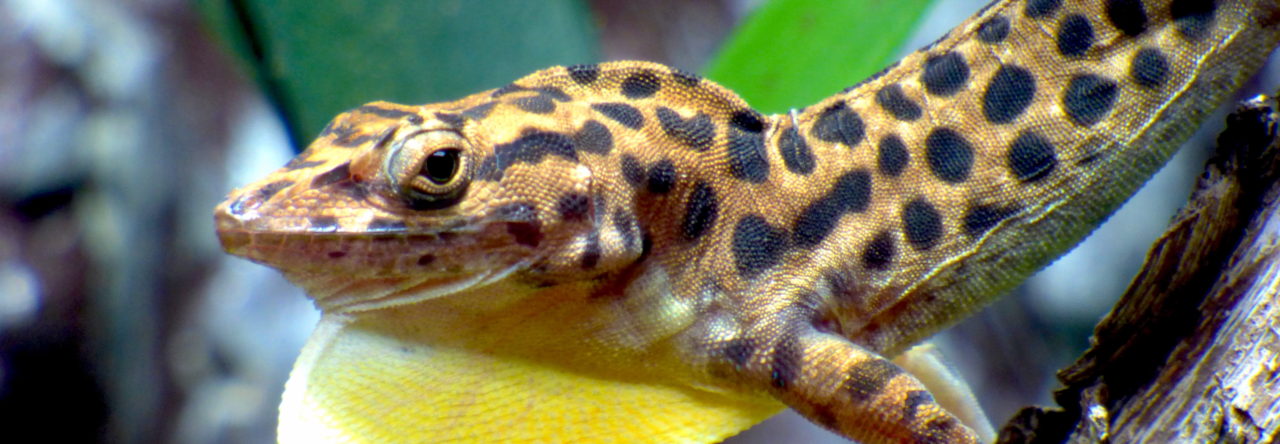Ectotherms such as lizards often take extreme care when it comes to laying their eggs. Eggs are incredibly sensitive! When female lizards don’t retain their eggs and give live births (we call this viviparous), female lizards will seek out the perfect temperature and moisture conditions for her eggs to develop and hatch. Oftentimes, when researchers use anoles in the laboratory for a variety of experiments, they incubate eggs at the temperature that these eggs experience in their natural environment. However, many studies only use a constant, mean temperature, rather than using a more realistic diel cycle of fluctuating temperatures over time. However, does that matter at all? It’s an important question for a variety of anole biologists that raise eggs to hatching: does the thermal regime of your incubator matter when it comes to offspring phenotype?
Josh Hall, a Ph.D. student at Auburn University under Dan Warner, set out to address just that question! He raised brown anole eggs in one of four distinct thermal treatments: a constant temperature, a repeated sinusoidal (sine wave) fluctuating temperature, a fluctuating temperature parameterized by the mean daily fluctuations these lizards experience in the field, and natural environmental conditions. He did this for both a cool developmental temperature (reflecting eggs developing earlier in the reproductive season) and a warmer developmental temperature (reflecting eggs developing later in the reproductive season). Even Josh didn’t recommend doing so many treatments! However, the amount of work that went into these treatments is impressive.
Hall and Warner found that natural temperature treatments increased the developmental rate of brown anole eggs only at cooler temperatures, and actually decreased the developmental rate at warmer temperatures. They didn’t find any other effects of any treatment on egg phenotypes. They also found that natural temperature treatments increased the endurance of hatchlings compared to the constant temperature treatment at cooler temperatures. I was really struck by this study: it seems really obvious that eggs would do better in the lab when developed at temperatures that they experience in the field, but an experiment like this is so rarely performed because it requires so much intensive care and work! Can’t wait to hear more about how different developmental conditions affect anoles from Hall and Warner!
- SICB 2022! - December 28, 2021
- SICB 2020: Artificial Light Keeps Green Anoles Hungry! - January 8, 2020
- SICB 2020: Variation in Anole Sperm and Testis Morphology - January 8, 2020



Leave a Reply